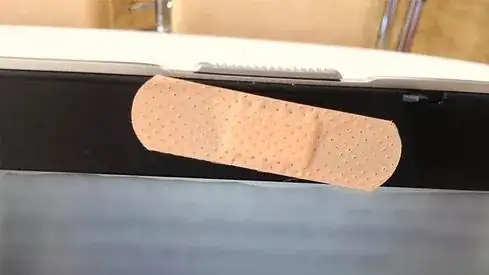When I was running Windows 7 on my Lenovo machine there was a pre-installed Lenovo utility which would make it so that anyone trying to see what my webcam sees would instead see a still image of a camera with a cross over it. And thus preventing applications and hackers without root privileges from seeing out of my webcam. I say root privileges because root privileges were required in order to change the settings of the program in order to allow programs to actually use my webcam and get what it sees rather than the still image.
This was a very useful utility for privacy and security reasons, however on Ubuntu I have been unable to find a similar utility which has the ability to do the same. Is there such a utility or is there any way of achieving what I have described?
I am running Ubuntu GNOME 16.04 with GNOME 3.20.
